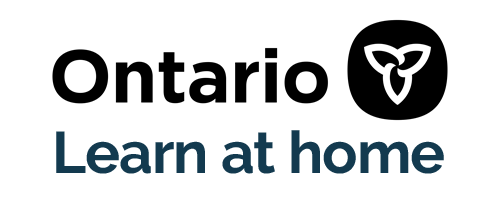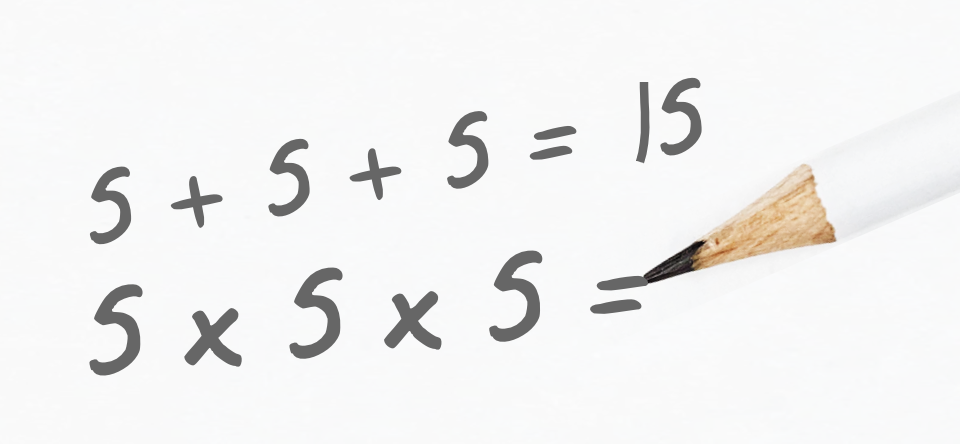Explorations and Games
Learning Goals:
- Build a deeper understanding of the multiplication operation
- Develop and apply reasoning skills to make and test math predictions
The Exploration:
First, find a set of whole numbers that add together to make 15.
Next, multiply all the numbers in the set together.
Example 1:
5 + 5 + 5 = 15 and 5 x 5 x 5 = 125
Example 2:
4 + 3 + 7 + 1 = 15 and 4 x 3 x 7 x 1 = 84
Experiment with lots of sets that add to 15 to find the largest number you can make by multiplying this way!
Questions and Prompts to Support your Child:
- What sets of numbers have you tested? What made you choose those?
- What is the largest product you found by multiplying? Is it the largest possible? How do you know?
Extensions & Adaptations:
- If struggling with multiplication calculations, have a calculator handy!
- What is the smallest product possible by multiplying this way? How do you know?
- Try the exploration with a different addition total (like 16 or 17.) How does this change affect the sets of numbers involved? How does it change the highest possible product that you can multiply to find?
- This might be our first time experiencing multiplication focused around more than 2 factors. Do some more exploring about what makes these situations interesting (i.e., how could you visualize or represent this multiplication? Do you notice any patterns or similarities?)
Source: Puzzle of the Week
Categories: Elementary


